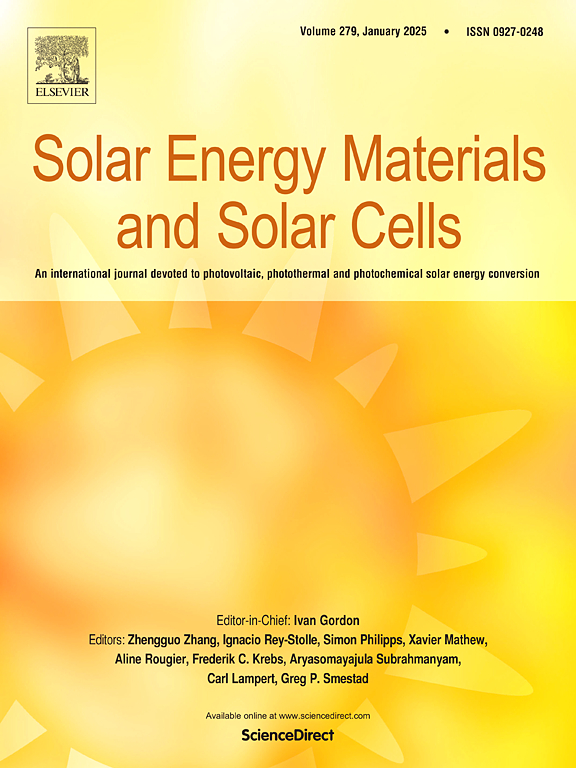Advancing photovoltaic cells defect detection in electroluminescence images through exploring multiple object detectors
IF 6.3
2区 材料科学
Q2 ENERGY & FUELS
引用次数: 0
Abstract
Automated methods can provide accurate, time-efficient and cost-effective solutions for monitoring of photovoltaic (PV) modules in order to deal with underperformance and unreliability issues. However, these methods are not yet widespread at commercial level and still under study at laboratory scale due to many practical limitations. The present study deals with deep learning based enhanced classification and detection of multi-defects in electroluminescence (EL) images of PV cells, with a focus on practical application in field particularly on unseen data in multiple unknown imaging conditions. It explores potential of multiple state-of-the-art deep learning object detectors i.e. Detection Transformer, EfficientDet, FasterRCNN, YOLOv7, YOLOv8, and YOLOv9 with different variants, formations, techniques and experimentation, aiming enhancement in defect detection and understandings into trade-offs. These detectors were trained on polycrystalline cells with cracks, finger interruptions, black cores, and thick line defects. The proposed YOLOv9 GELAN-e with PGI and GELAN architectures achieves promising results of 94.30 % [email protected]. Moreover, testing experimentation is carried out on unseen data obtained in unknown imaging conditions (taken from multiple sources like a PV inspection center and public sources) and having wider diversity to generalize findings for providing insights into real challenges at practical level and elucidating possible solutions/directions. The proposed network also performed well on this data, which includes half-cut and full poly/mono crystalline cell images as well as Generative (Artificial Intelligence generated) images, making it promising for a wider range of practical applications.
通过探索多目标检测器,推进电致发光图像中光伏电池缺陷检测
自动化方法可以为光伏(PV)模块的监测提供准确、高效和经济的解决方案,以解决性能不佳和不可靠的问题。然而,由于许多实际限制,这些方法尚未在商业水平上广泛应用,并且仍处于实验室规模的研究中。本文研究了基于深度学习的光伏电池电致发光(EL)图像中多缺陷的增强分类和检测,重点研究了在多种未知成像条件下未见数据的实际应用。它探索了多种最先进的深度学习对象检测器的潜力,即Detection Transformer, EfficientDet, FasterRCNN, YOLOv7, YOLOv8和YOLOv9具有不同的变体,结构,技术和实验,旨在增强缺陷检测和理解折衷。这些探测器训练在多晶电池裂纹,手指中断,黑芯和粗线缺陷。采用PGI和GELAN架构的YOLOv9 GELAN-e获得了94.30%的理想结果。此外,测试实验是对在未知成像条件下获得的未见数据(来自PV检测中心和公共来源等多个来源)进行的,并且具有更广泛的多样性,可以概括结果,从而为实际层面的实际挑战提供见解,并阐明可能的解决方案/方向。所提出的网络在这些数据上也表现良好,其中包括半切和全多/单晶细胞图像以及生成(人工智能生成)图像,使其具有更广泛的实际应用前景。
本文章由计算机程序翻译,如有差异,请以英文原文为准。
求助全文
约1分钟内获得全文
求助全文
来源期刊

Solar Energy Materials and Solar Cells
工程技术-材料科学:综合
CiteScore
12.60
自引率
11.60%
发文量
513
审稿时长
47 days
期刊介绍:
Solar Energy Materials & Solar Cells is intended as a vehicle for the dissemination of research results on materials science and technology related to photovoltaic, photothermal and photoelectrochemical solar energy conversion. Materials science is taken in the broadest possible sense and encompasses physics, chemistry, optics, materials fabrication and analysis for all types of materials.
 求助内容:
求助内容: 应助结果提醒方式:
应助结果提醒方式:


